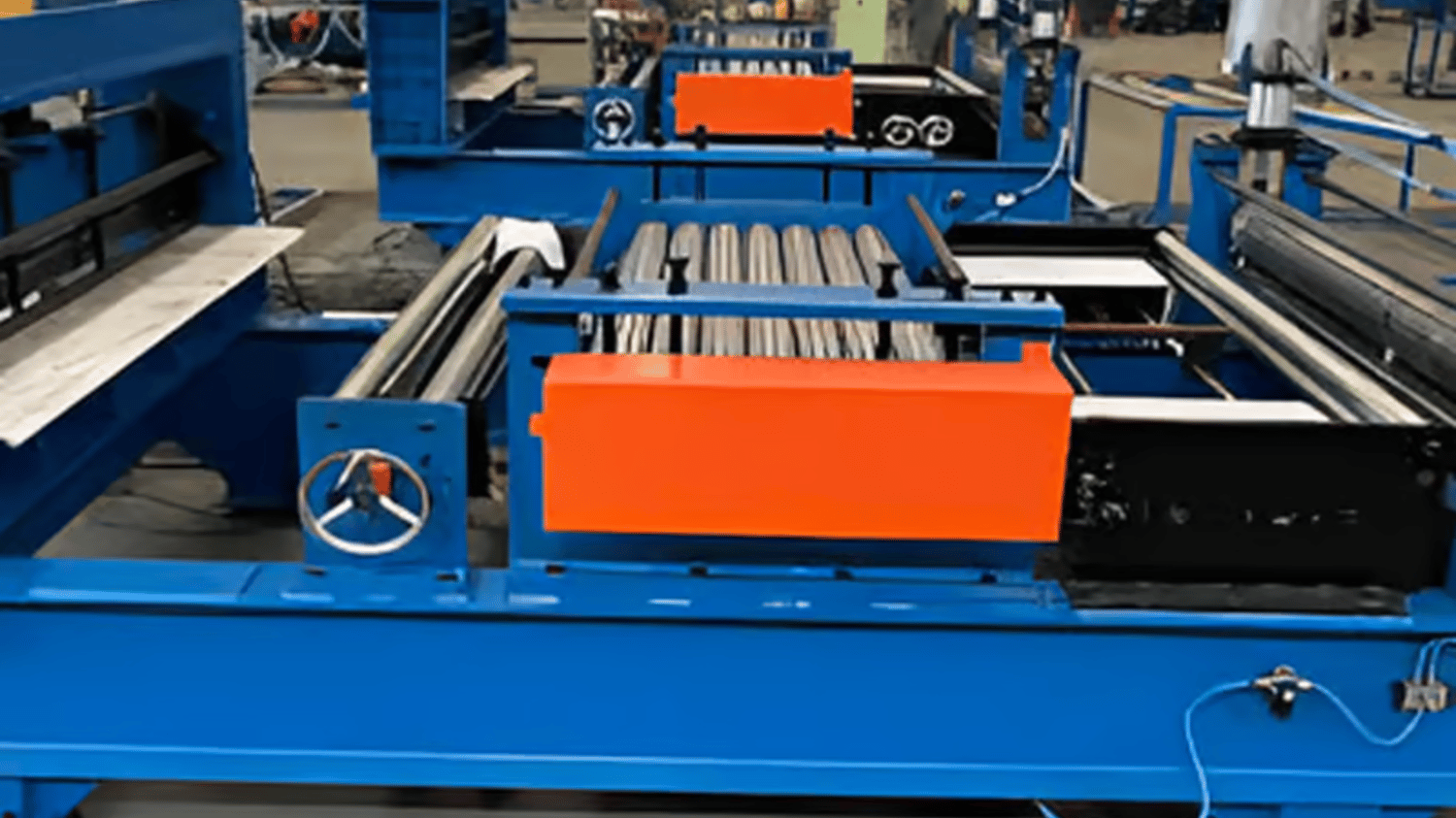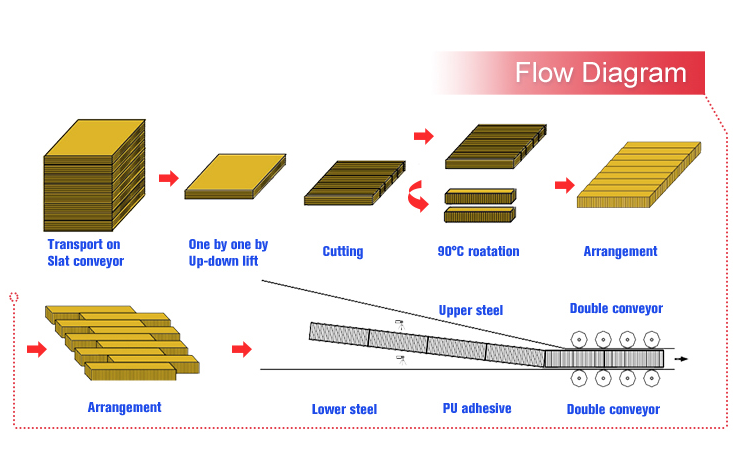Table of Contents

Levelling devices are an essential tool used for various applications that require precise levelling. They are commonly used in construction, surveying, and engineering projects. Levelling devices work by determining the plane levels on a surface with the help of a bubble or laser level indicator. This article will discuss the different types of levelling devices and their uses.
What is a Levelling Device?
A levelling device is an instrument used to measure the inclination of a surface relative to a horizontal plane. It is composed of a base, which is flat and stable, and a levelling component, which is sensitive to movement and can detect any changes in inclination. It helps to ensure that surfaces are levelled accurately and reliably.
Types of Levelling Devices
There are several types of levelling devices, including:
Spirit/Bubble Level
A bubble level is a simple levelling device that uses an enclosed glass tube containing a liquid called spirit. This device is commonly used to check the level of horizontal surfaces. The spirit level indicates if the surface is levelled by showing the position of an air bubble inside the tube.
Digital Spirit Level
A digital spirit level is similar to a traditional spirit/bubble level, but it displays the results digitally on an LCD screen. It has a higher accuracy and is more reliable than the traditional level. It is usually battery-powered and can display angles in degrees, radians or percentages.
Laser Level
A laser level uses a highly visible laser beam to project a straight line on a surface. It is used for accurate levelling in indoor and outdoor construction work. It is commonly used to level tiles, install cabinets and hang shelves.
Transit Level
A transit level is an optical instrument used in surveying and engineering projects. It consists of a telescope mounted on a tripod, and it helps to measure the elevation, horizontal angle and vertical angle of a target. It is used for precise levelling in large buildings and construction projects.
Uses of Levelling Devices
Levelling devices are used for various applications, including:
Construction
Levelling devices are essential in the construction industry to ensure that buildings are levelled accurately. They are used to ensure that floors, walls and ceilings are levelled correctly, which helps to prevent problems such as cracks and warped surfaces.
Surveying
Levelling devices are used in surveying to determine the elevation and contour of the land. This helps engineers and surveyors to design and plan construction projects effectively.
Engineering
Levelling devices are critical in engineering projects to ensure that machines and equipment are installed correctly. This helps to prevent issues such as vibrations and misalignment.
Home Improvement
Levelling devices can be used for DIY home improvement projects such as hanging shelves, installing cabinets and levelling floors.
Tips for Using Levelling Devices
To ensure the accuracy and reliability of levelling devices, here are some tips for using them:
Calibrate the Device
Before using the levelling device, make sure it is calibrated correctly. This helps to ensure that it gives accurate and reliable results.
Check the Spirit Tube
When using a spirit level, check the spirit tube for air bubbles. Any air bubbles inside the tube will affect the accuracy of the reading.
Use a Stable Base
When using a levelling device, make sure to use a stable base that is flat and levelled.
Avoid Magnetic Surfaces
When using a laser level, avoid magnetic surfaces as they can interfere with the laser's accuracy.
Conclusion
Levelling devices are essential tools that are used in a variety of fields. They are used in construction, surveying, engineering and DIY projects. Understanding the different types of levelling devices and how to use them correctly is vital to ensure accurate and reliable results.

